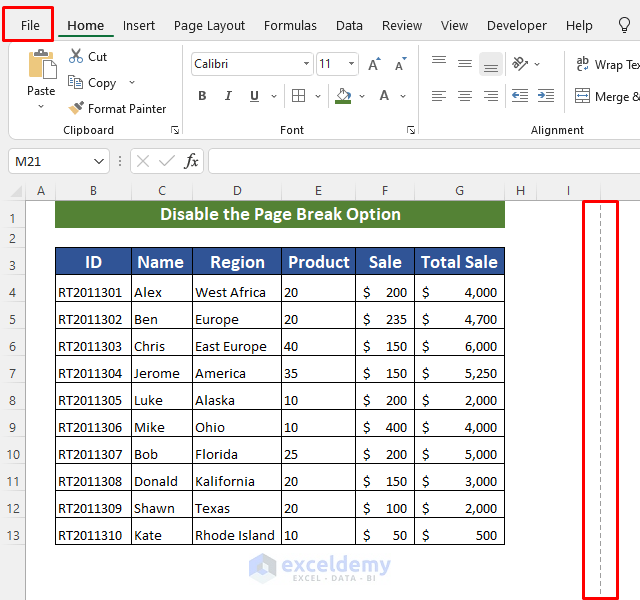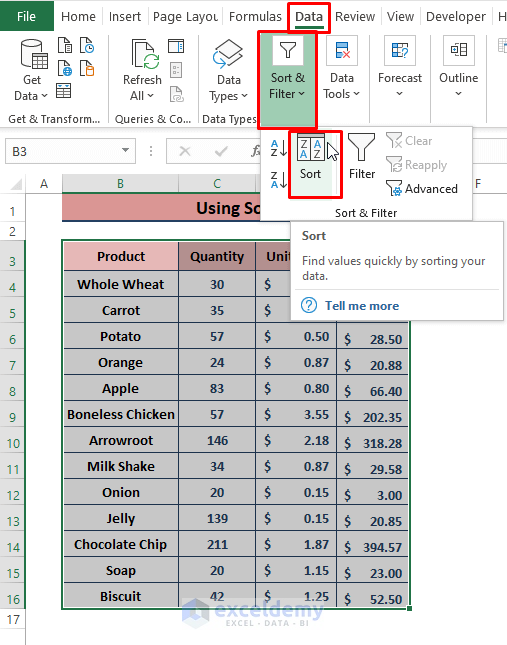5 Essential Steps for Government-Regulated Product Paperwork

When it comes to dealing with government-regulated products, the paperwork involved can be daunting. Understanding and correctly navigating this paperwork is essential, not only to avoid legal penalties but to ensure your product's seamless transition through various regulatory stages. Here are the five critical steps to master the art of managing government-regulated product documentation:
Step 1: Understand Your Regulatory Framework

Before diving into the paperwork, it's vital to understand which regulatory bodies oversee your product:
- Identify the specific government agencies responsible for regulation.
- Research applicable federal, state, and sometimes local laws.
- Be aware of international regulations if exporting/importing.
Considerations here include:
- Product Type: Determine if your product falls under specific categories like pharmaceuticals, electronics, or food.
- Manufacturing Location: Some regulations vary based on where your product is manufactured.
- Market Specifics: Each market may have unique regulations.
🔍 Note: Always check the most current regulations since laws change frequently.
Step 2: Collect Required Documents

The paperwork required for government-regulated products can be extensive. Here's what you might need:
| Document | Details |
|---|---|
| Certificate of Conformity | Proves your product meets regulatory standards. |
| Material Safety Data Sheets (MSDS) | Required for hazardous materials or chemicals. |
| Product Labels | Proper labeling to meet regulatory guidelines. |
| Manufacturer Certification | Verification of the manufacturer's compliance with regulations. |
| Import/Export Declarations | For products crossing international borders. |

Each product might require different documents, so:
- Consult with regulatory experts or agencies for a complete list.
- Create an organized system for document tracking and storage.
🗂️ Note: Keep all documents well-organized; it helps during audits and simplifies your administrative process.
Step 3: Testing and Certification

To gain regulatory approval, most products need to undergo rigorous testing:
- Identify accredited testing facilities for your product category.
- Ensure that tests align with the regulatory requirements.
- Understand the certification process, including third-party verifications if needed.
Steps to follow:
- Pre-Compliance Testing: Test products internally or through pilot runs to ensure they meet standards.
- Certification: Obtain the necessary certifications, which could include ISO certifications, CE marking for European markets, or UL certification in the U.S.
🧪 Note: Certification is often a two-part process - testing followed by official certification documentation.
Step 4: Documentation Submission

With all your documents in hand, you must:
- File documentation with the relevant regulatory body or bodies.
- Understand deadlines for submission, as missed deadlines can lead to fines or product delays.
- Ensure all submissions are in the correct format and language.
Considerations:
- Electronic Filing Systems: Many regulatory bodies now accept or require electronic submissions.
- Accuracy: Double-check all entries to avoid costly errors or delays.
- Confidentiality: Protect sensitive information while complying with disclosure requirements.
📁 Note: Have a backup plan for physical documents in case electronic systems fail or if required by specific regulations.
Step 5: Compliance and Post-Market Surveillance
Once your product is on the market, your regulatory responsibilities don't end:
- Ensure ongoing compliance with changing regulations.
- Monitor for any reported issues or adverse events related to your product.
- Keep up with mandatory reporting and follow-up requirements.
Key tasks include:
- Post-Market Surveillance: Implement systems to track customer complaints, incidents, or safety concerns.
- Compliance Reporting: Regularly report to regulatory bodies on sales, any issues, and product safety.
- Recalls: If necessary, initiate recalls swiftly and efficiently.
📡 Note: Post-market vigilance is critical for maintaining your product's marketability and avoiding regulatory scrutiny.
Mastering the regulatory documentation for government-regulated products is not just about following rules but ensuring the integrity and success of your product in the marketplace. By diligently following these five steps, you can navigate the complex landscape of product compliance with greater ease and confidence. You'll reduce the risk of legal issues, improve your product's market acceptance, and enhance your company's reputation for quality and compliance. To recap, always stay informed about your regulatory framework, gather all necessary documents, conduct thorough testing, submit documentation correctly, and maintain vigilance after market entry. Your careful attention to detail will pay off in the long run.
What happens if I miss a regulatory deadline?

+
Failing to meet regulatory deadlines can lead to fines, product delays, or even market bans. Always plan your documentation submissions well in advance.
How do I know if my product needs to be tested?

+
Most government-regulated products require testing to ensure compliance with safety and quality standards. Refer to your product category’s specific regulatory guidelines.
Can I use the same certification for different markets?

+
Sometimes, certifications are recognized internationally, but always check the specific market’s requirements as some countries or regions have unique certifications.



